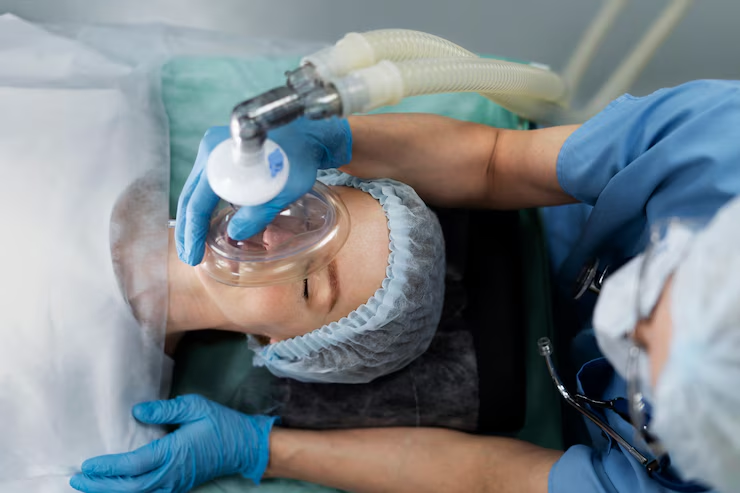Bronchoscopic Airway Therapy
Bronchoscopic Airway Therapy involves using a bronchoscope to treat certain respiratory conditions by accessing the airways directly. This minimally invasive procedure is used to remove obstructions, such as tumors or mucus plugs, and to deliver treatments directly into the airways. It is commonly performed in patients with chronic obstructive pulmonary disease (COPD), lung cancer, or other lung conditions that affect the airways.
During the procedure, a flexible tube (bronchoscope) is inserted through the nose or mouth into the lungs. The bronchoscope allows the physician to visualize the airways and perform treatments such as removing blockages, taking tissue samples, or even delivering medication directly to affected areas of the lungs.
Bronchoscopic airway therapy is often used to manage chronic lung diseases, improve breathing function, and help patients with airway-related issues breathe more easily. It is typically performed in a hospital or specialized clinic, and the recovery time is relatively short compared to more invasive surgeries.



